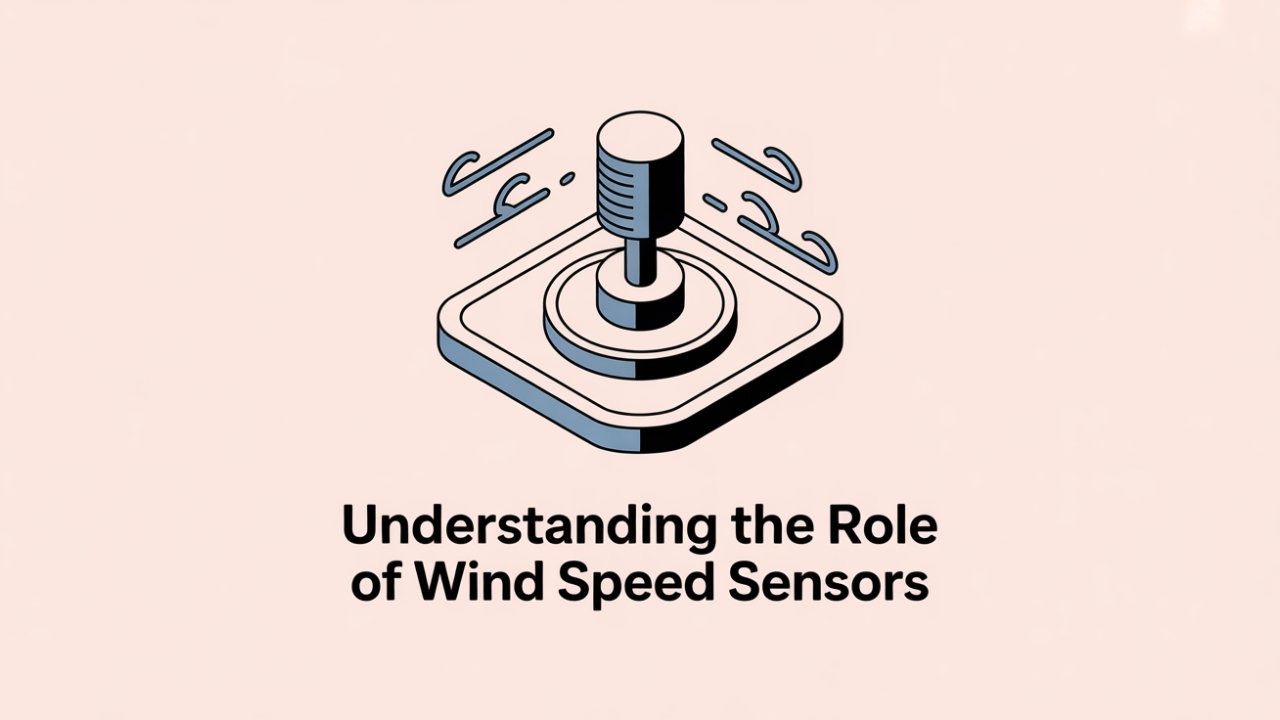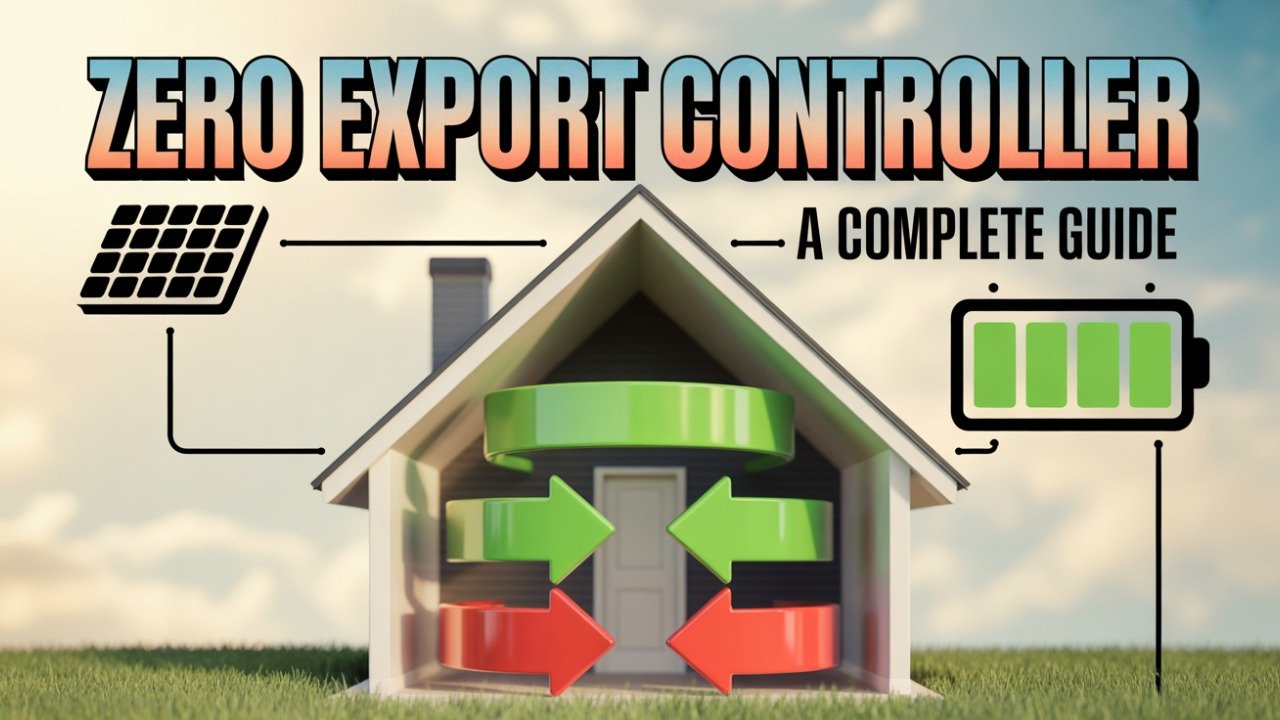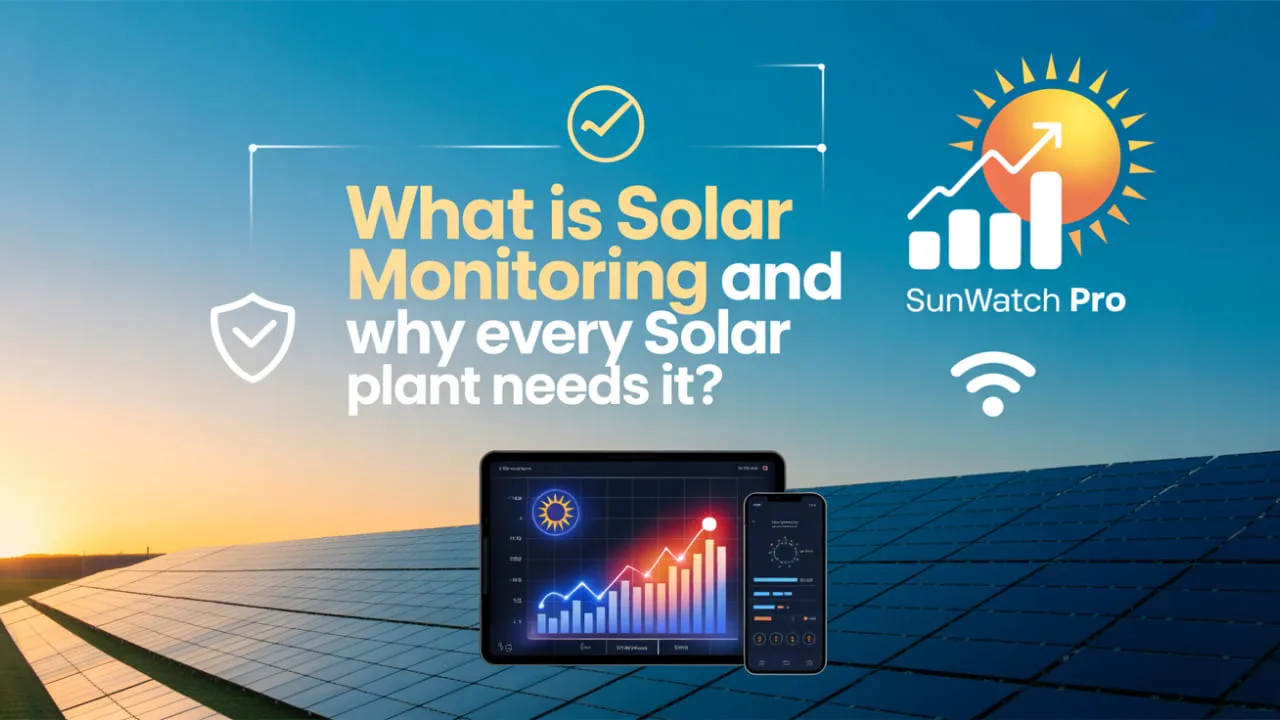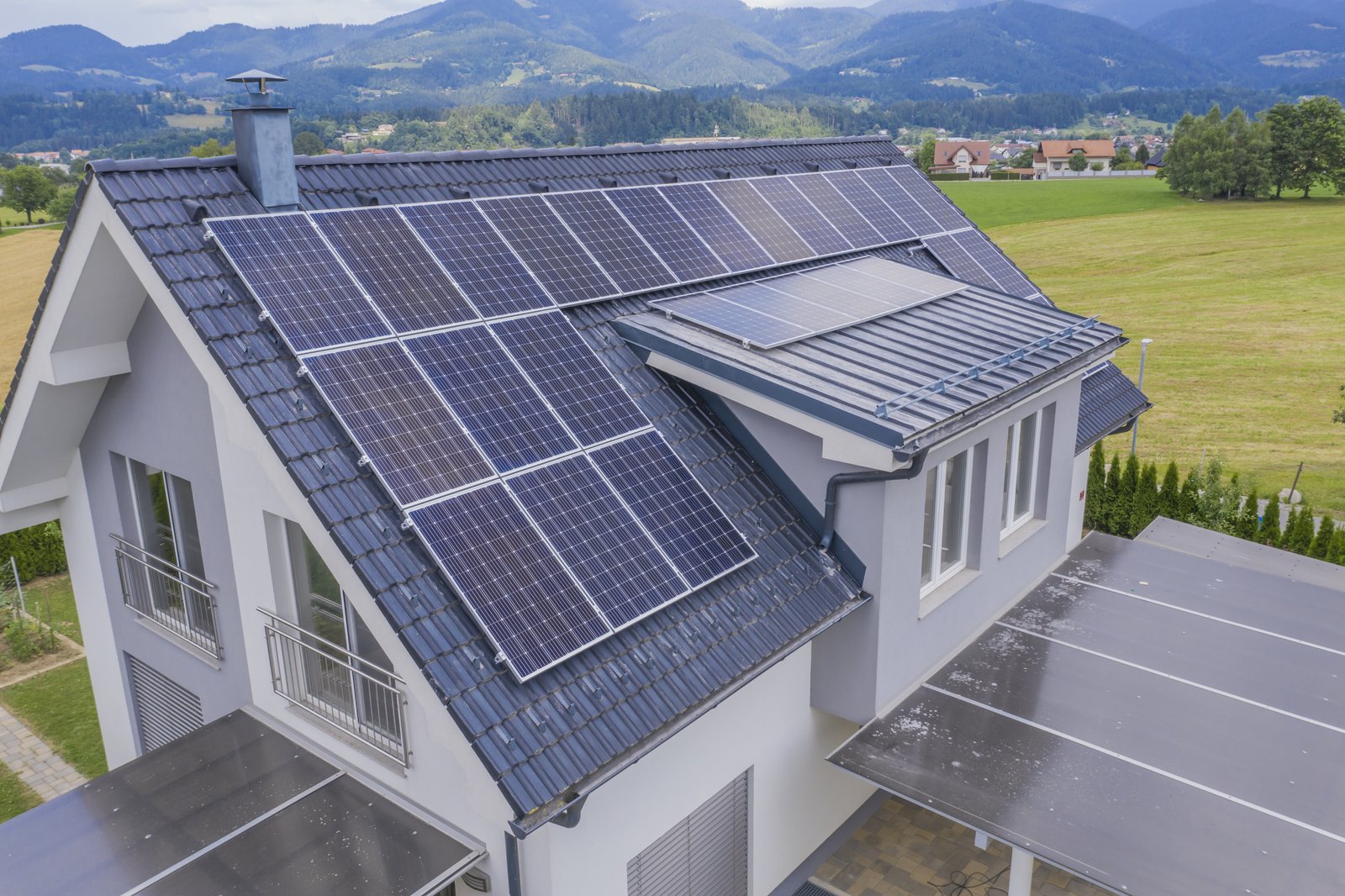14/10/2025
Blogs
Understanding the Role of Wind Speed Sensors
Understanding the Role of Wind Speed Sensors

Understanding the Role of Wind Speed Sensors
Wind has an important impact on many aspects of our daily lives, from generating renewable energy and forecasting the weather to ensuring aviation as well as industrial process safety. It is essential to measure it accurately, and that's where a wind speed sensor comes in.
These sensors offer operators with accurate, real-time data on wind direction and speed, which helps them make better decisions, reduce downtime, and maximize performance. This blog will go over the various types of wind speed sensors, highlight their main uses, and offer helpful guidance for choosing the best system for your particular needs.
What is a Wind Speed Sensor?
A wind speed sensor is a device that is used to measure the speed and direction, in some situations, of air movement. It transforms the movement of the wind into electrical impulses that could be measured and measured; it is also referred to as an anemometer sensor or air velocity sensor.
The basic idea is simple: wind makes some observable transformations by shifting some parts of the sensor, including propellers, spinning cups or ultrasonic pulses. The measurement of the wind speed is also rendered accurate through the transformation of such variations into information that presents the actual speed of wind.
Nowadays, sensors are commonly connected to digital dashboards and monitoring systems with real-time information and notification. The proper understanding of a wind sensor concept facilitates the process of decision making, safety, and optimization of performance in fields such as weather forecasting, renewable energy, and in aviation.
Types of Wind Speed Sensors
1. Cup Anemometer
It has a classic design with rotating cups, and this is highly reliable and widely used in weather stations for consistent wind speed measurement and monitoring.
2. Ultrasonic Wind Sensor
It doesn’t have moving parts. Ultrasonic Wind Sensor actually provides highly accurate readings, and it's a great option for harsh environments, and integrates easily with modern monitoring IoT systems.
3. Vane/Propeller Sensor
Another type is the Vane/Propeller Sensor, it actually measures both wind speed and direction at once. This type of sensor is generally used in industrial, agricultural, and renewable energy applications for real-time monitoring.
4. Hot-Wire Anemometer
Hot-Wire Anemometer detects tiny airflow changes through heated wires, and this is typically used in laboratories, HVAC, and precise experimental airflow measurements.
5. Pitot Tube Sensor
It measures high-speed airflow. This is typically used in aerospace, industrial, along with other mechanical applications, and offers accurate performance in extreme conditions.
How Does a Wind Speed Sensor Work?
Step 1: Wind Hits the Sensor
Whether it's cups, propellers, or even ultrasonic, wind strikes the sensor element, leading to movement and sometimes pressure changes. Now, this interaction enables accurate air velocity detection and forms the foundation of an anemometer's operation.
Step 2: Converting Wind Motion into Data
The sensor converts wind into an electrical signal, which changes the mechanical motion or pressure. This procedure makes it possible for the wind sensor circuit to convert airflow into measurable and useful information for monitoring systems.
Step 3: Signal Processing and Calibration
The electrical signal is then routed to a transmitter or microcontroller for calibration, amplification, and filtering. Actually, this action guarantees extremely accurate readings and makes dependable IoT wind speed measurement accessible to real-time monitoring.
Step 4: Data Display and Transmission
Finally, processed wind data is displayed on the dashboard or even transmitted to cloud-based monitoring systems. Operation can analyse trends, detect inefficiencies, and make timely decisions in order to optimize energy, safety, and equipment performance.
Key Components of a Wind Speed Sensor
Sensing Element: It captures wind movement through cups, blades, or even ultrasonic transducers for accurate air velocity measurement.
Transducer/Converter: Converts wind motion into electrical signals for precise wind sensor circuit output.
Signal Processing Unit: It actually filters and calibrates signals, and enables accurate ioT wind speed measurement.
Output Interface: Output interface gives analog, digital, or RS485 connections for easy integration with monitoring systems.
Mounting & Housing: Now, it protects the sensor with a durable and weatherproof casing for long-term reliable performance.
Applications
|
Industry / Sector |
Use Case |
Benefit |
|
Renewable Energy |
Optimize wind turbines and solar tracking systems |
Improved energy generation and efficiency (wind monitoring in renewable energy) |
|
Weather Stations |
Accurate wind profiling and forecasting |
Reliable climate data for smart weather stations |
|
Aviation & Marine |
Safety systems, navigation, and control |
Enhanced safety and operational decision-making |
|
Smart Cities & IoT |
Air quality and climate monitoring |
Automated environmental management and urban sustainability |
|
Industrial Automation |
Cooling, ventilation, and emission control |
Optimized airflow, energy efficiency, and regulatory compliance |
Benefits of Using Advanced Wind Sensors
High Accuracy
These sensors provide precise wind measurements and enable better analysis, improved safety, and even more reliable performance in renewable energy, and industrial wind monitoring.
applications.
Predictive Maintenance
Early detection of anomalies in turbines or mechanical systems actually reduces unexpected failures, supports timely repairs, and enhances overall operational efficiency.
Energy Optimization
Real-time wind data allows dynamic adjustment of wind turbine blades or solar tracking systems, maximizing energy generation and improving ROI in wind monitoring in renewable energy.
Real-time data enables dynamic adjustment of wind turbine blades or solar tracking systems, and maximizes energy generation while improving ROI in wind monitoring in renewable energy.
Data Connectivity
Seamlessly integrates with SCADA systems, IoT platforms, and cloud dashboards, enabling continuous monitoring, analytics, and automated decision-making.
Long-Term Reliability
Constructed with durable materials, these sensors need minimal maintenance, and provide consistent performance along with a longer lifespan even in harsh environment conditions.
Integration with IoT & Smart Monitoring Systems
The modern wind speed sensor can send real-time data to the cloud dashboard and allow IoT-based wind surveillance and real-time performance monitoring.
Trends analysis and data logging actually assist in identifying anomalies earlier and alerts are automatized and air operators are notified immediately of critical changes. Connections with SCADA systems, PLCs, or even platforms guarantee centralized monitoring, predictive maintenance, as well as intelligent energy management.
This connectivity now enables operators to optimize turbines, improve safety, and easily make decisions in multiple installations.
Factors to Consider When Choosing a Wind Sensors
Accuracy and Measurement Range
Ensure the sensor provides precise readings across the wind speeds you exactly need to track, supporting wind monitoring in renewable energy and industrial applications.
Power Requirements
Check if the sensor suits your power setup i.e. solar, battery, or even main-powered in order to ensure uninterrupted operation.
Environmental Durability
Always look for sensors resistant to humidity, temperature extremes, dust, and corrosion, so that they perform reliably in harsh outdoor conditions.
Communication Protocol Compatibility
Verify support for RS-485, MODBUS, 2-20mA, or even other protocols for seamless integration with SCADA, IoT, or cloud monitoring systems.
Cost vs. Performance
Balance initial investment with long-term benefits like accuracy, maintenance, and durability to maximize ROI.
Quick Buyer’s Checklist:
-
Required accuracy & range
-
Power source compatibility
-
Weatherproof and durable design
-
Communication protocol support
-
Budget vs. feature trade-off
Conclusion
Wind speed sensors are needed in industrial, aviation, and renewable energy to measure the wind accurately, optimize energy, and ensure safe operations. These sensors also enable smarter decision-making and can avoid downtime by offering real-time information, predictive, and easy integration with SCADA or IoT systems.
Choosing a sensor should consider accuracy, longevity, power requirements, and communication requirements. These monitoring systems include fast wind speed, smart and high-performance sensors, provided by the Logics PowerAMR, and this provides business and operators with operational success, a long-lasting, successful operation, higher efficiency, and safety.
10/10/2025
03/10/2025
08/09/2025
18/08/2025





